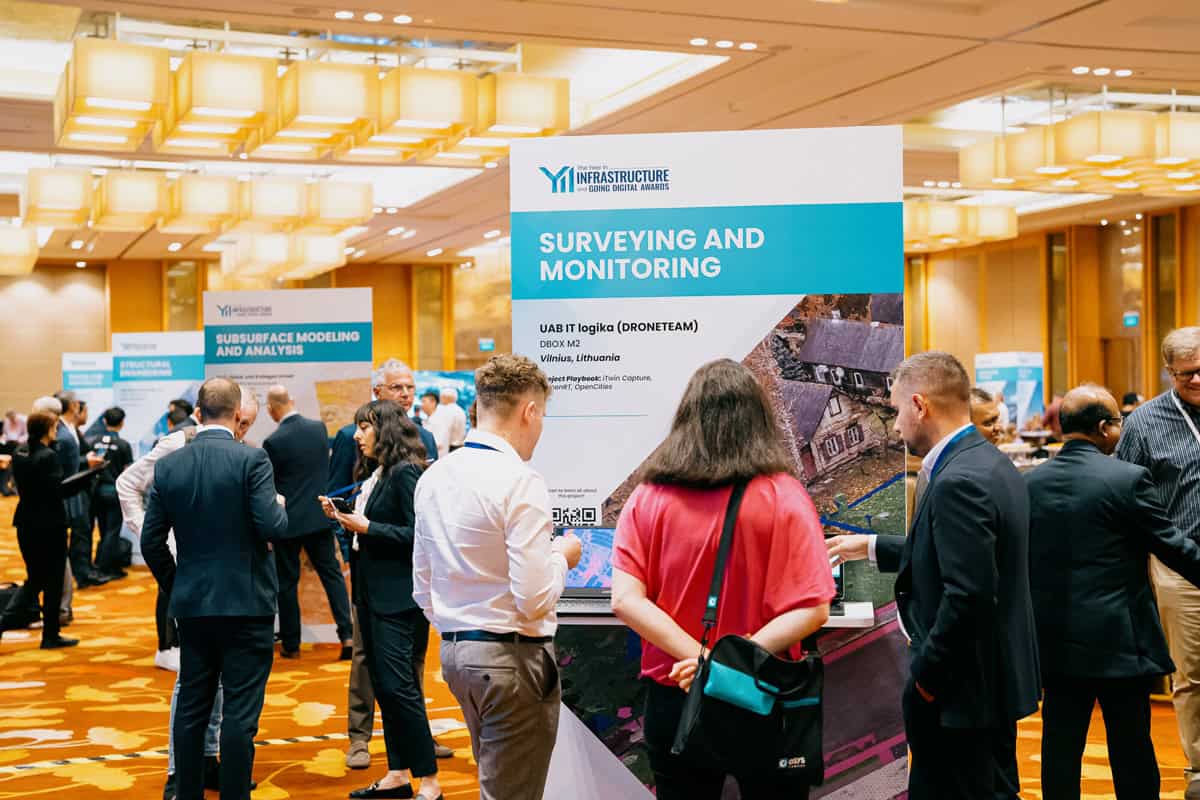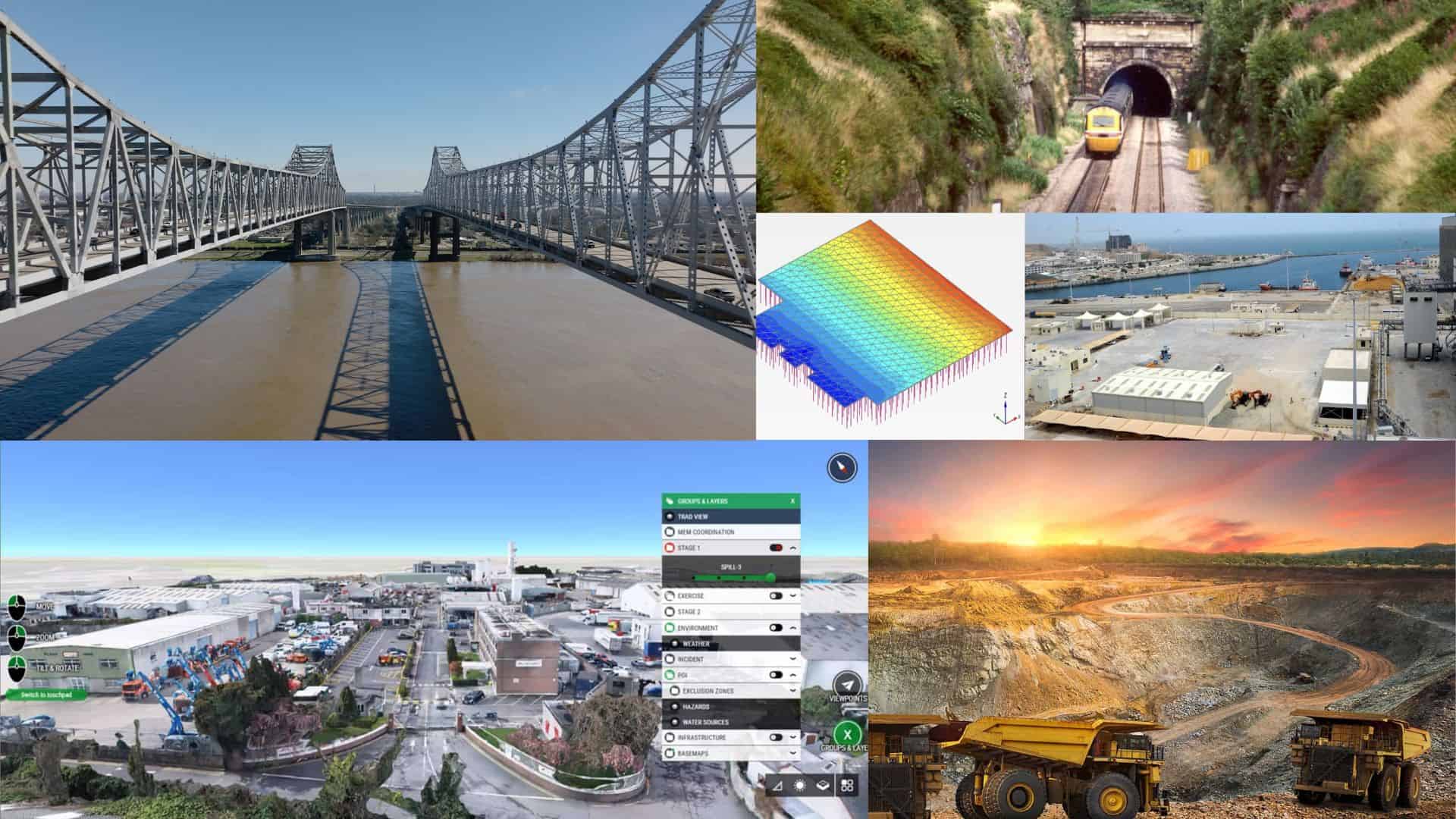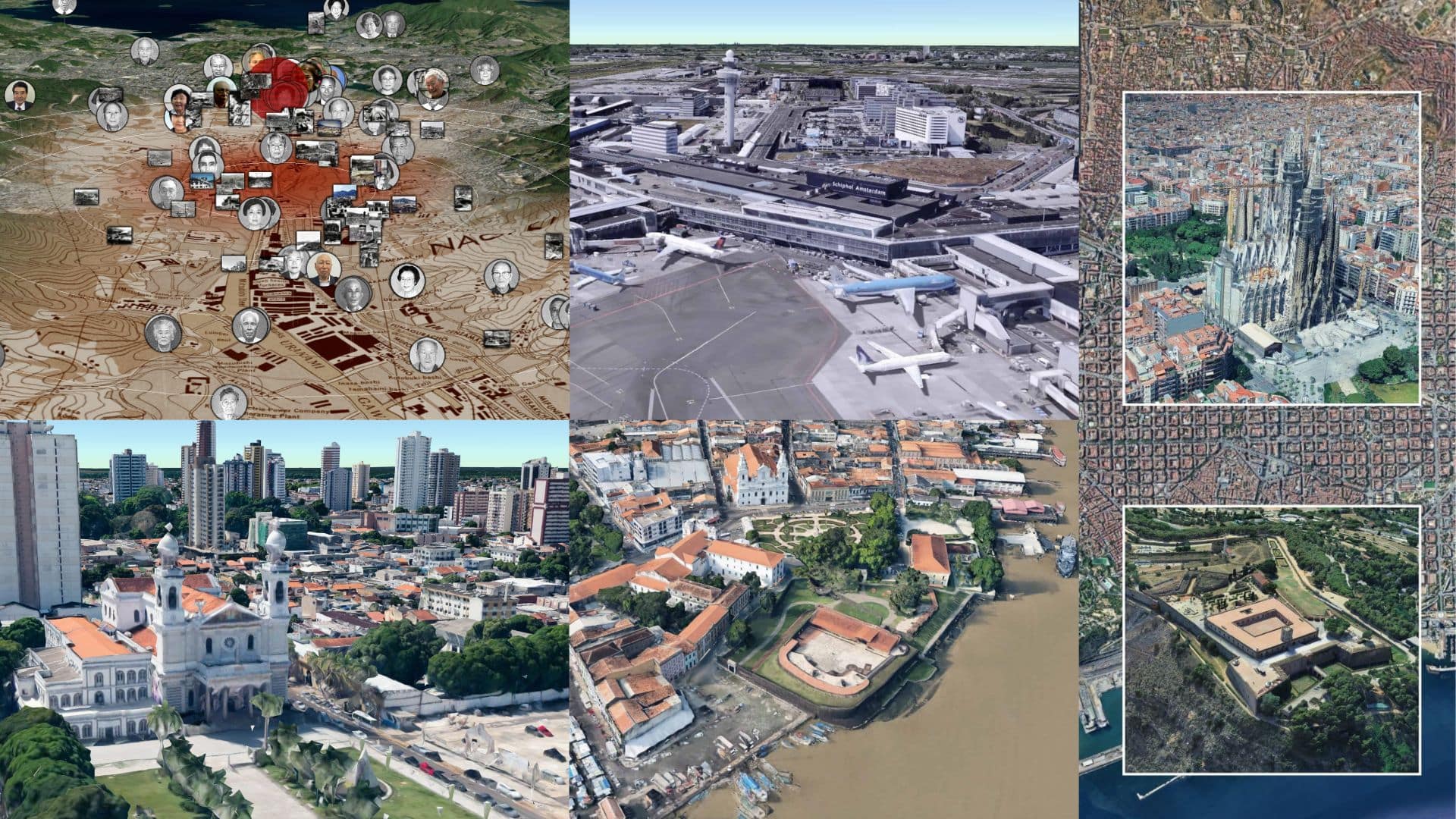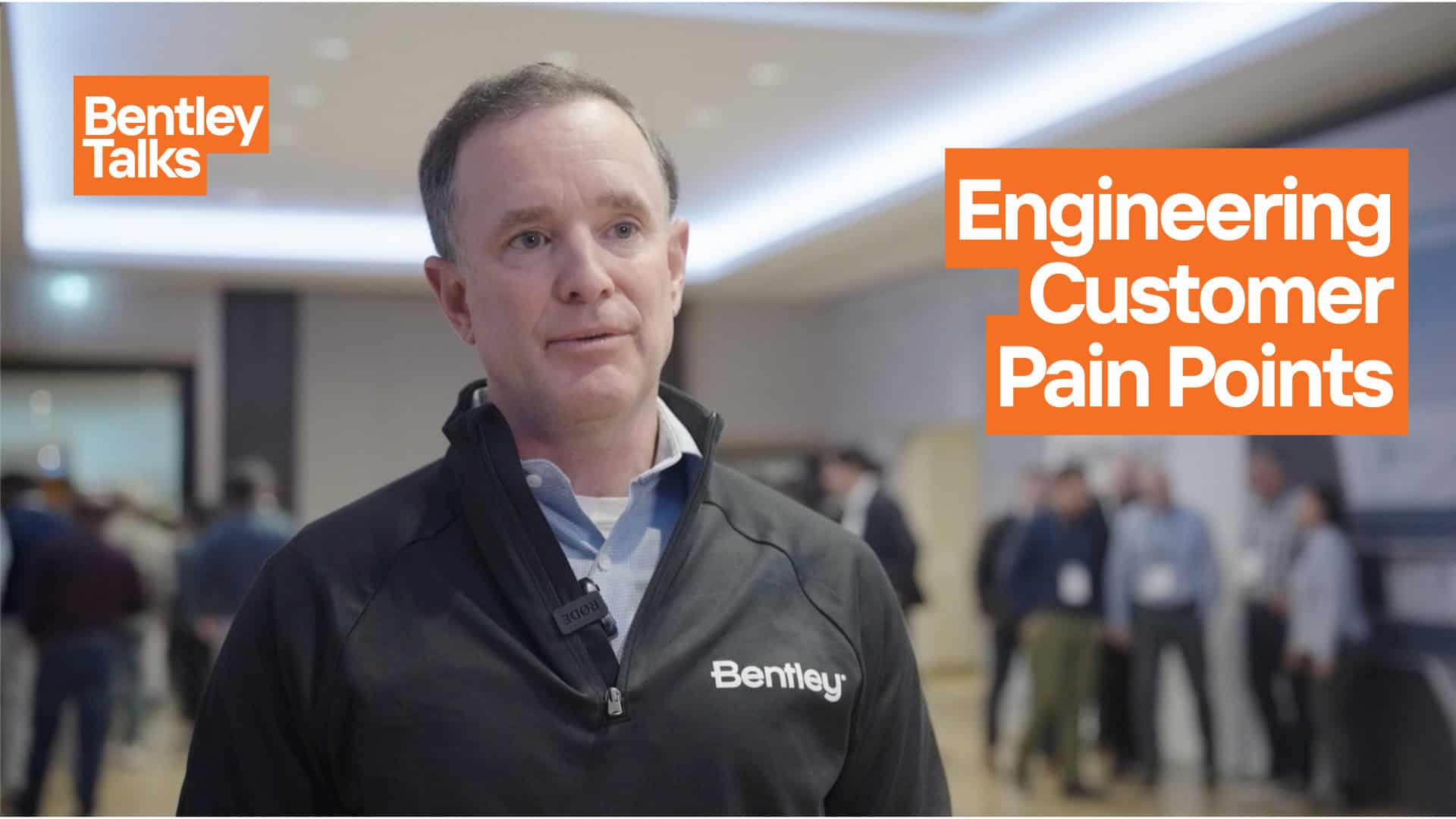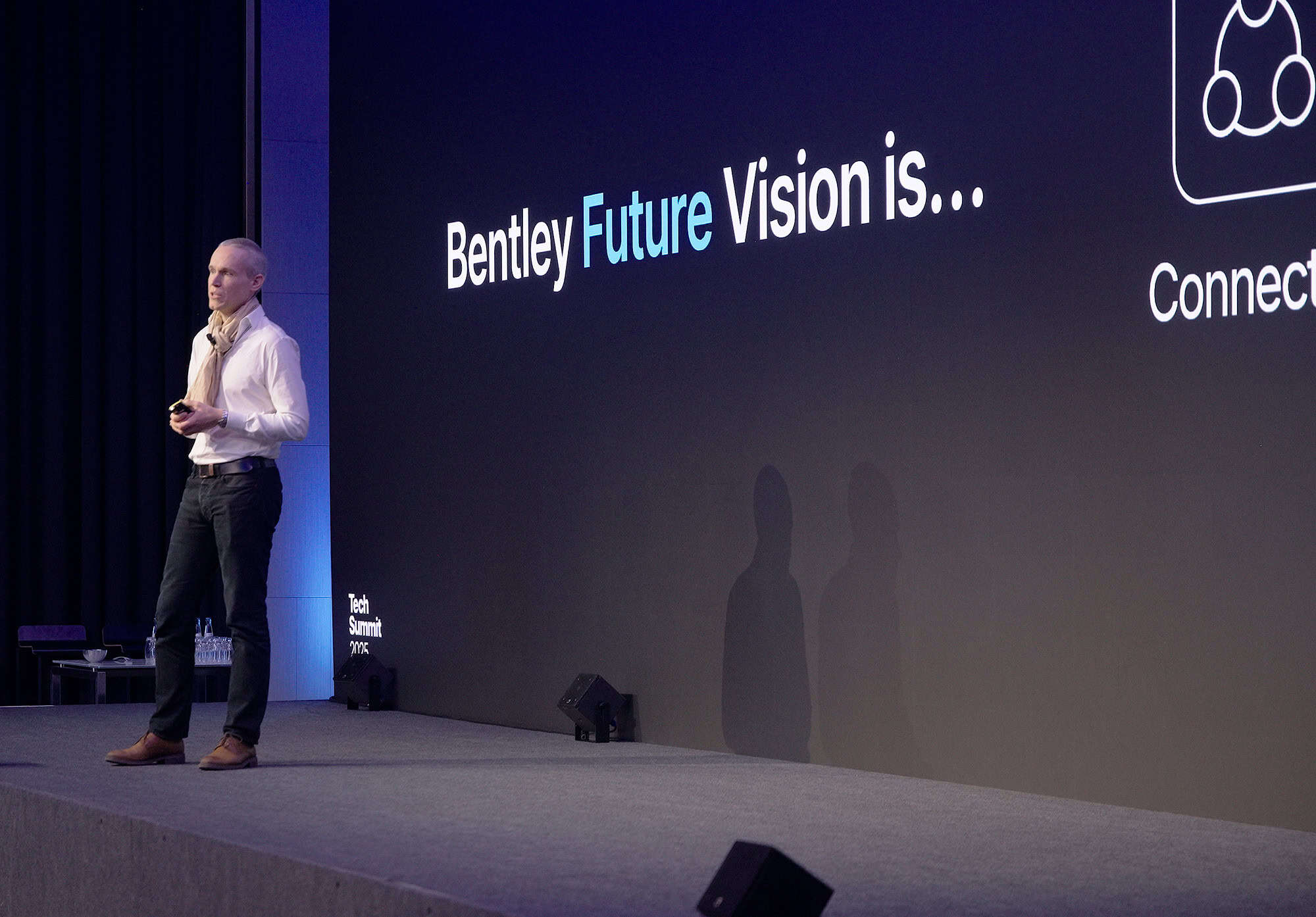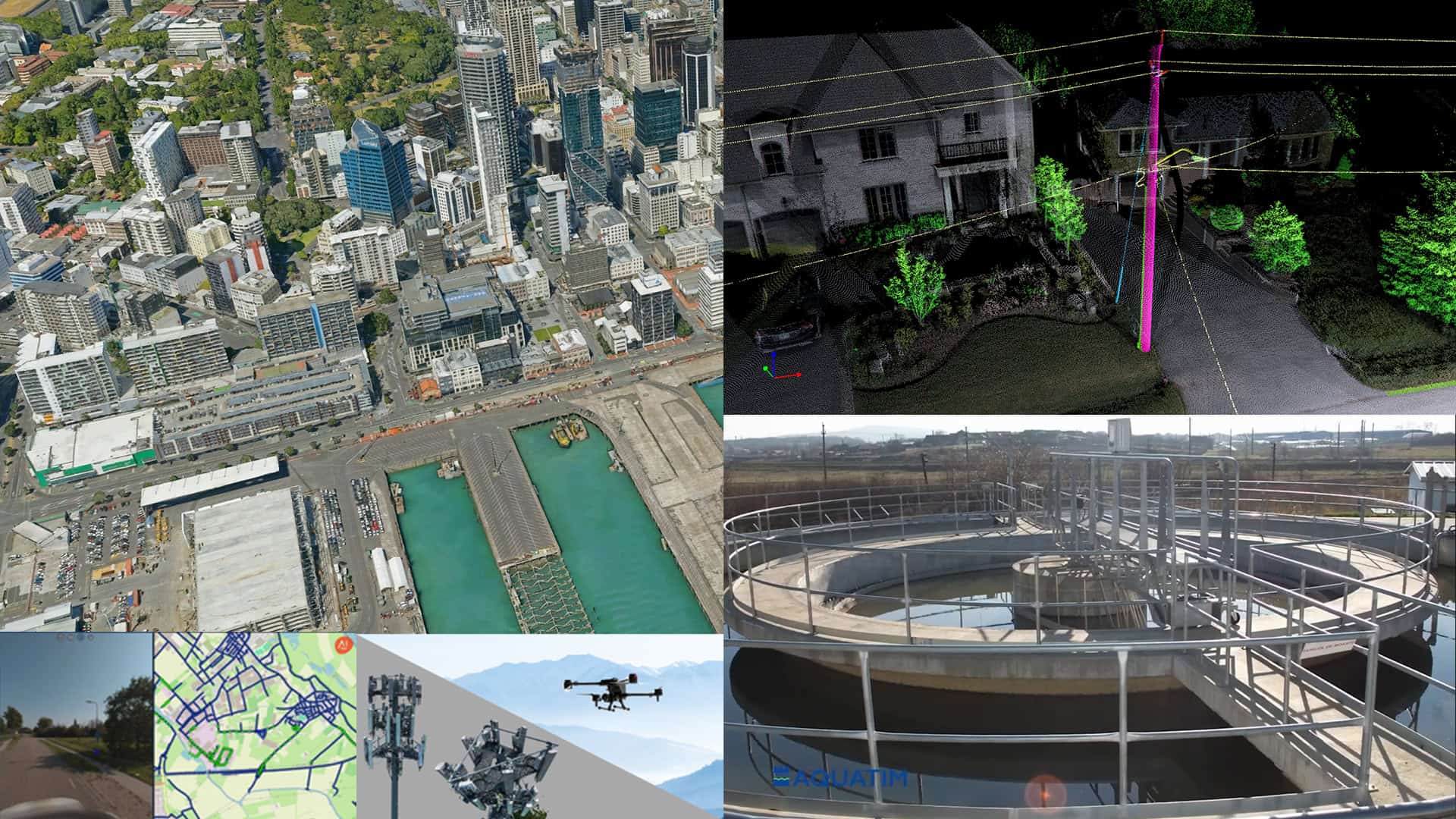Kevin Carmody has seen the future of infrastructure — sometimes quite literally. During his 15 years as a juror of the Going Digital Awards, he has reviewed cutting-edge engineering reshaping our cities and infrastructure. The innovations include a building designed to stand for 300 years in Korea’s seismic zones and a wastewater facility in California that managed to save the state nearly $1 billion. “Every year, I’m amazed by the ingenuity of the participants,” says Carmody, group publisher of Informed Infrastructure magazine.
Carmody is part of a rotating group of jurors, each of whom is an independent expert in a different field. Every year, they recognize the extraordinary work of designers, builders and other infrastructure professionals who use software developed by Bentley Systems, the infrastructure engineering software company. The 20th anniversary of the annual event, titled the Year in Infrastructure and Going Digital Awards, takes place Oct. 8-9 in Vancouver, Canada.
This year, the jury selected 36 finalists from over 250 nominations submitted by organizations across 36 countries. These finalists represent 12 categories of projects that are pushing the boundaries of what’s possible in infrastructure — on land, at sea and even underground.
Kristin Fallon, Bentley’s chief marketing officer, said the submissions “highlight engineering genius” and recognize the professionals who leverage data, artificial intelligence (AI), digital twins and immersive visualizations to make critical infrastructure more resilient and improve quality of life. “Infrastructure is essential,” Fallon said. “It connects us locally and globally, supporting our society and economic growth and development.”
The Best Choice Possible
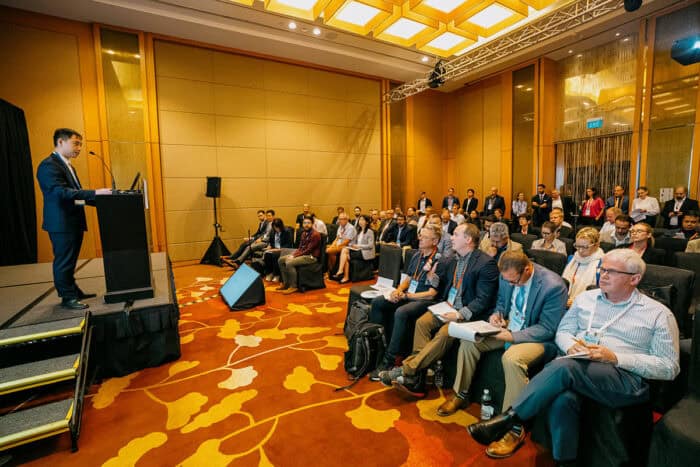 A finalist presents their project to an independent panel of jurors and the press during the 2023 Year in Infrastructure in Singapore.
A finalist presents their project to an independent panel of jurors and the press during the 2023 Year in Infrastructure in Singapore.Jurors represent different domains of the infrastructure sector and spend about three months reviewing and grading the first round of submissions. They judge each project on its own merit, assessing how well teams incorporated Bentley tools to address specific challenges and deliver measurable, sustainable results.
They select three finalists in each category to give short presentations at the annual Going Digital Awards event. “One thing that always makes me so proud is how hard the jurors work,” says Monica Schnitger, a veteran industry analyst who has judged the program since its inception. “We spend hours reviewing each entry, agonizing over who should come and present to us so we can make the best possible choice in the finals.”
Jurors know the projects inside and out by the time the finalist engineers take the stage, so it’s the passion and context of the presentations that often sway the final vote. Aileen Cho, deputy editor of infrastructure for Engineering News-Record, has served as a juror five times. “Nothing beats face-to-face interaction,” she says. “Meeting the finalists and being able to ask questions in real-time brings a whole new dimension. I’ve been on more than one jury where we went into the finals with a front-runner in mind but were blown away by another presentation that changed our decision.”
Carmody agrees. “The energy the presenters bring is palpable. You can feel their excitement, nervousness and passion, and being able to experience that in person makes it far more impactful and real,” he says.
Twin Vision
Many of the submissions include digital twins, which are models of physical assets. They allow engineers to monitor and manage roads, bridges, water systems and other infrastructure assets from design to operations as well as improve maintenance, operations, and long-term sustainability. “Digital twins set up engineering firms to elongate their involvement in a project, making them indispensable in the asset management process,” Carmody says. “In prior years, the role of the engineering firm would end with the ribbon cutting ceremony. They’d raise a glass of champagne for a photo opportunity, then go chase their next project. But that reality has changed with digital twins.”
This shift to digitalization has also created more sustainable business models. They allow firms to attract tech-savvy talent and generate more revenue and infrastructure owners benefit from improved delivery, maintenance, and safety, which leads to lower costs. “Digital twins can provide easily accessible data sets to inform decisions and alert teams if an aging asset is failing,” Cho says.
Christine Ow, a digital water analyst at Bluefield Research and a first-time juror this year, says the process of reviewing submissions “provides a looking glass into what the future could hold” for the traditionally risk-averse water sector. “Digital twins can be a game-changer, especially for the world’s largest utilities serving millions of customers and with vast networks of assets to manage,” she says.
Sustainability Matters
Schnitger has seen the Going Digital Awards evolve in step with the industry. “Originally, these awards recognized designers who used 3D technology to drive efficiency,” she explains. “Now we’re assessing how massive projects are building and leveraging rich data assets to create value throughout the entire lifecycle of a project — from initial financial decision-making through design and construction.”
Jurors say sustainability is a growing focus in modern infrastructure. In recent years, the awards have celebrated projects not only for their technical excellence, but also for their environmental and social impact. Many entries use alternative energy sources and eco-friendly materials.
Schnitger recalls a recent winning project from India, where a small architectural firm designed a school to be built around an ancient, culturally significant tree. The project simultaneously honored the community’s heritage and created a sustainable learning space. “That school changed lives, melding ancient traditions with modern technology,” she says. “It’s amazing to see how such a seemingly modest project can make such a profound impact.”
Fostering Collaboration and Career Advancement
By stimulating conversations among guests and participants, the Year in Infrastructure and Going Digital Awards elevates the entire industry. “I feel like I get far more out of this experience than I give,” Carmody says. “I’m enriched by my interactions with leaders across disciplines.”
Bentley showcases all finalists and winning projects on its website and in a press release. “The buzz is just amazing … how important these awards are to the winners and their careers,” Schnitger says. “Winning helps individuals and firms stand out in an incredibly competitive field.”
Chris Barron, who retired in 2021 as Bentley’s vice president of corporate marketing, was instrumental in the development and evolution of the Going Digital Awards. As the platform gained cachet, submissions quadrupled.
“Engineers are proud of their work and eager to share what they’ve done, particularly with their peers,” he says. “Even though they may be competitors, everyone is really interested in great design, great engineering and great use of technology. That’s the essence of what it’s all about, how we can all advance as a community.”

